Snake Species That Prove Reptiles Can Be Geniuses
Snakes don’t always get credit in the brains department. With no limbs and a blank stare, they’ve been cast as simple predators, slithering on instinct, but some snakes are surprisingly clever. While they won’t be solving Sudoku puzzles anytime soon, these 15 species prove reptile intelligence is more than just hiss and hype.
King Cobra
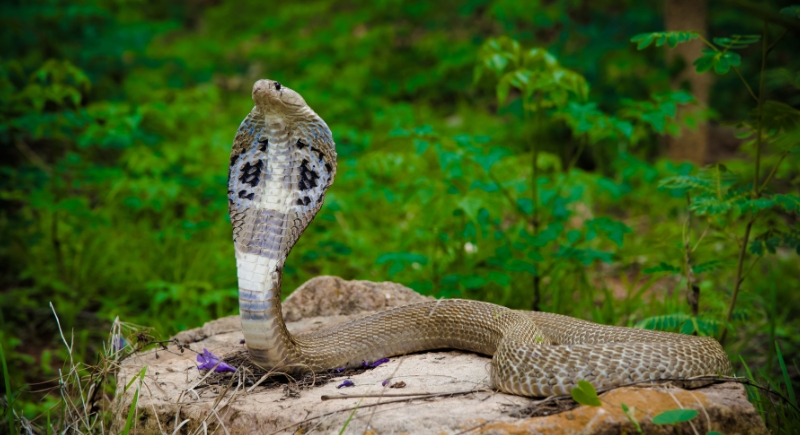
Credit: Getty Images
The king cobra isn’t just the longest venomous snake; it’s also one of the smartest. It actively hunts prey and remembers its surroundings. Snake keepers report that these reptiles can recognize individuals and respond to tap cues, which is a level of cognitive mapping uncommon in the reptile world.
Rat Snakes
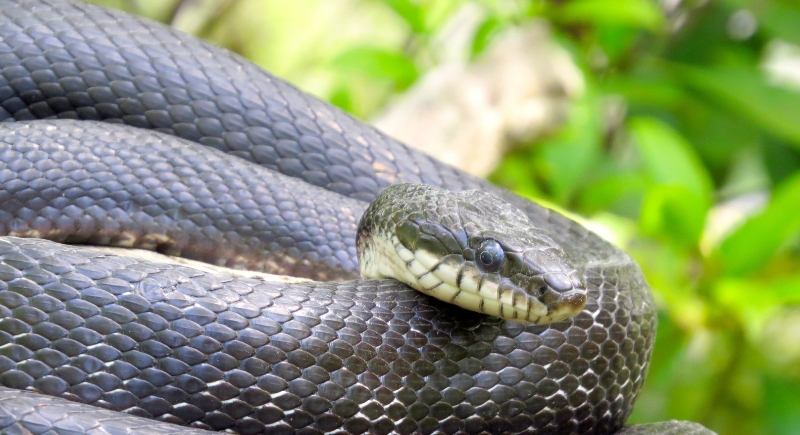
Credit: Getty Images
Rat snakes often respond to feeding cues like tap training; some even anticipate when it’s time for food. This species has been seen solving simple spatial puzzles to access prey. Their problem-solving skills have earned respect among handlers as learners.
Boomslang
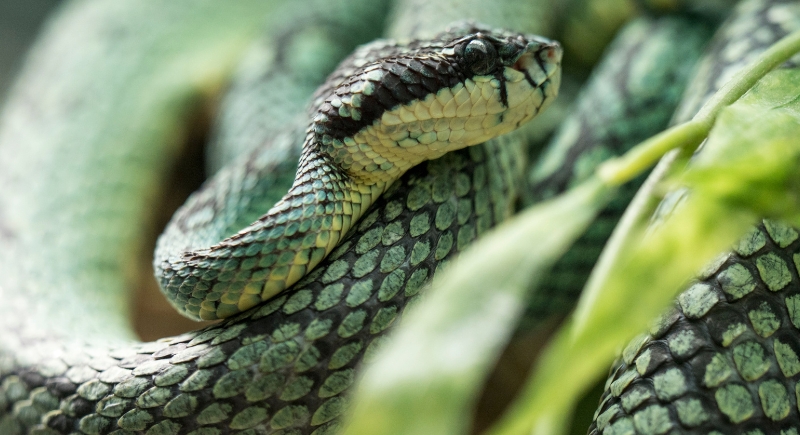
Credit: Getty Images
Boomslangs rely on sharp vision to track prey through branches and shadows. Unlike snakes that strike and hope, this one seems to calculate the moment. Watching a boomslang line up a strike feels less like instinct and more like a plan coming together.
Coachwhip Snakes
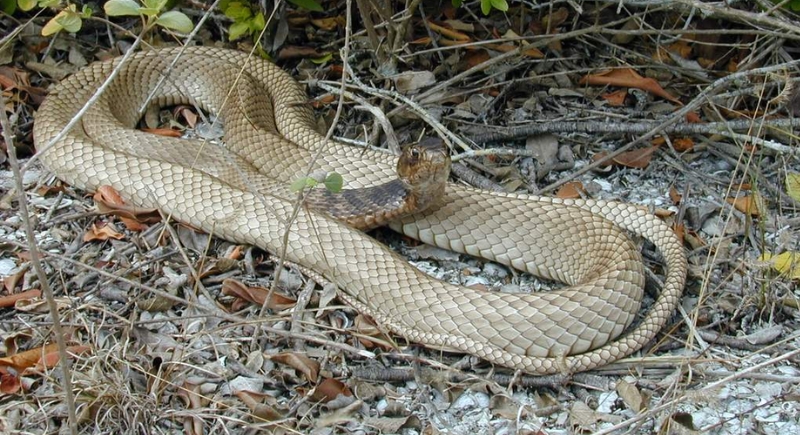
Credit: Wikimedia Commons
These snakes strategize. In captivity, coachwhips can learn their surroundings well enough to plot an escape. They’re hyper-alert and seem to read the room before making a move. Some keepers have even caught them testing the enclosure’s weak points.
Black Mambas
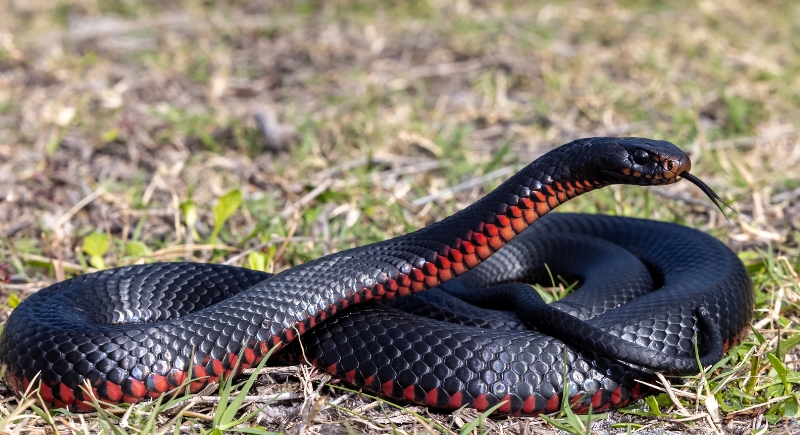
Credit: Getty Images
You’d think a snake best known for speed and venom wouldn’t bother with memory tricks. Yet captive black mambas often respond differently to familiar handlers. Some even anticipate feeding times and adjust behavior based on who’s approaching. Lethal, but observant.
Eastern Indigo Snakes
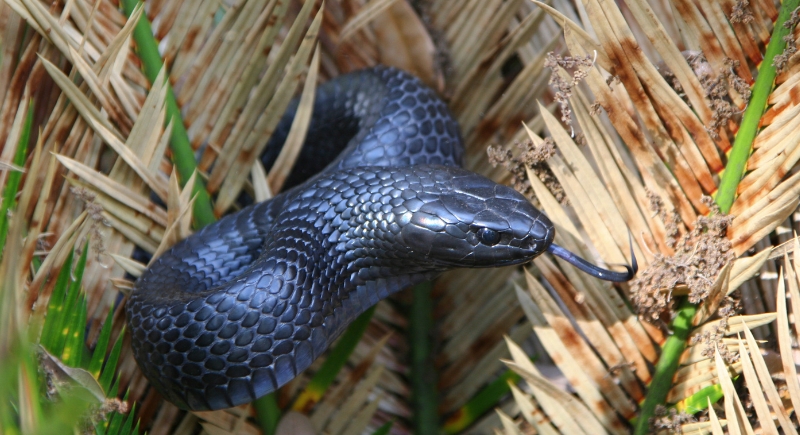
Credit: Getty Images
Eastern indigo snakes are curious and persistent. They are often observed poking through leaf litter and burrows with clear intent. Instead of staying put, they push forward, pausing just long enough to take in new smells or signs of movement. They don’t just wait for prey but go looking for it with a plan.
Corn Snakes
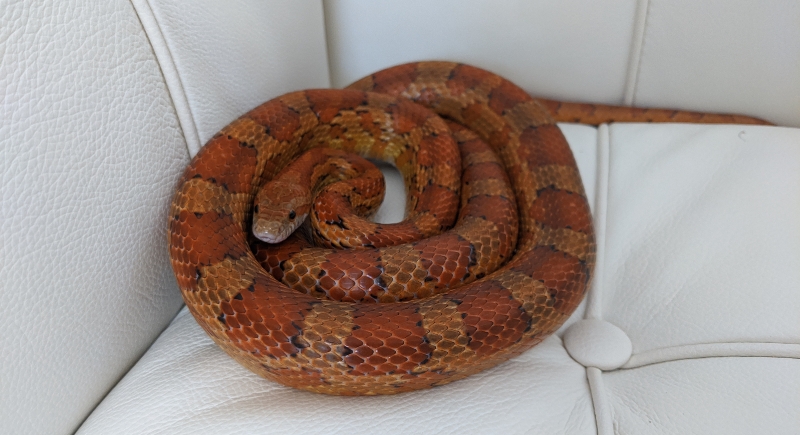
Credit: Wikimedia Commons
Corn snakes, common in pet settings, often surprise new keepers by how quickly they learn feeding routines. A few taps on the glass before meals? They’ll start coming out on cue. Their ability to distinguish between routine and threat makes them a favorite among snake hobbyists.
Burmese Pythons
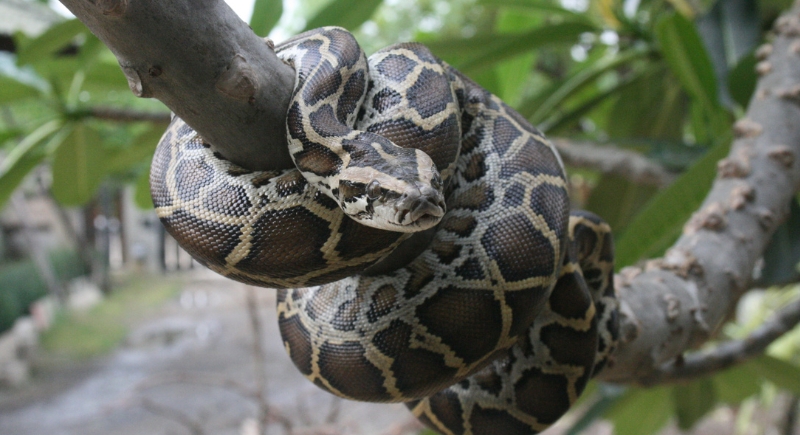
Credit: Getty Images
No one expects a giant python to be good at problem-solving, but lab studies say otherwise. Burmese pythons have completed maze navigation tests, remembered turns, and corrected themselves when lost.
Green Tree Pythons
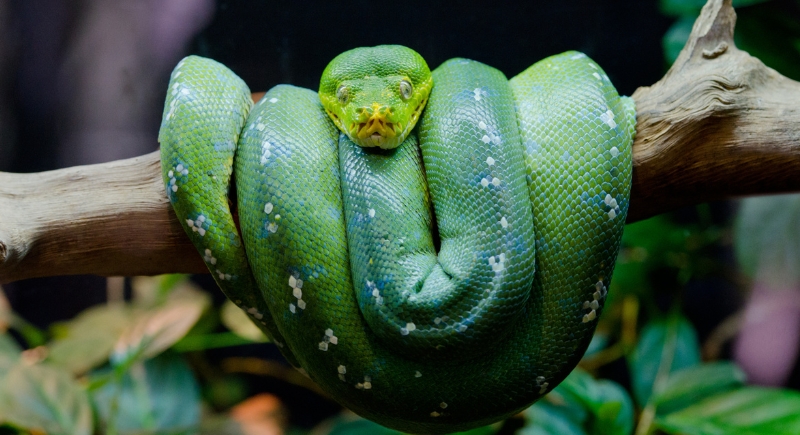
Credit: Getty Images
Hanging motionless for hours and then striking with uncanny accuracy might not scream intelligence, but the green tree python’s target strategy is more complex than it looks. These snakes adjust their strike angles based on prey location and are known to “learn” where prey tends to appear.
Garter Snakes
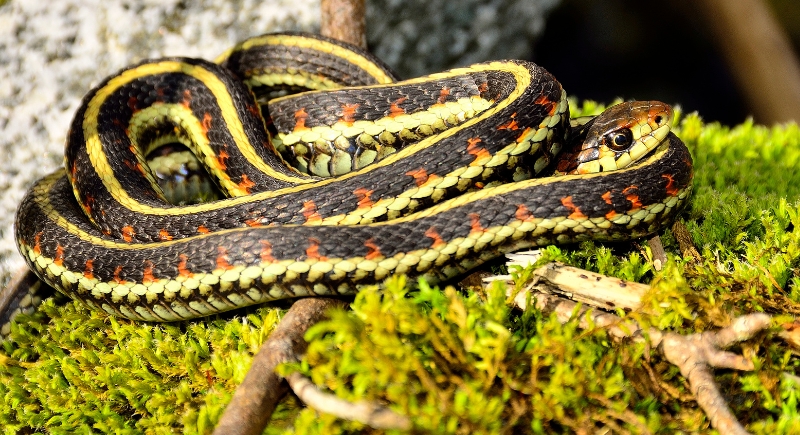
Credit: Getty Images
Studies on garter snakes show they can follow chemical trails to find mates or food, even when the trail is interrupted. Their ability to resume the correct direction after a pause suggests that they could process and retain olfactory cues over time. That’s a strong sign of cognitive tracking behavior.
Taipan Snakes
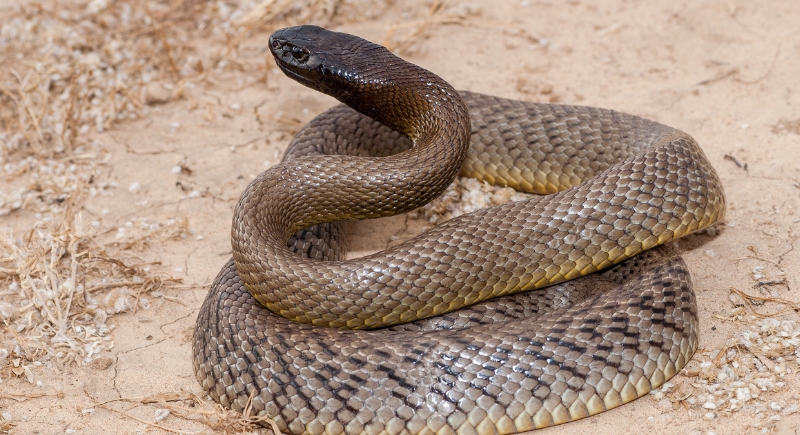
Credit: Getty Images
In the wild, inland taipans avoid humans, but captive individuals can distinguish between keepers and strangers. Some will only become active when a familiar face approaches. This pattern recognition might not seem groundbreaking, but that awareness sets them apart from most reptiles.
African Rock Pythons
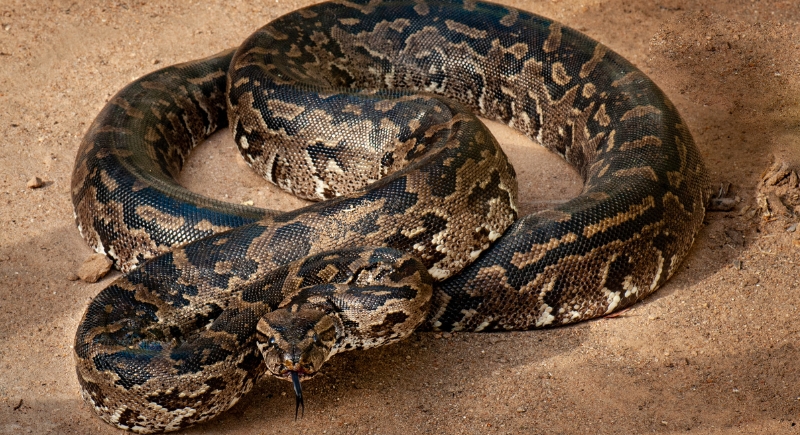
Credit: Getty Images
Rather than randomly cruising for prey, African rock pythons have been observed returning to favored hunting spots, indicating some mental mapping. They also take advantage of environmental features like tree hollows or water edges.
Western Hognose Snakes
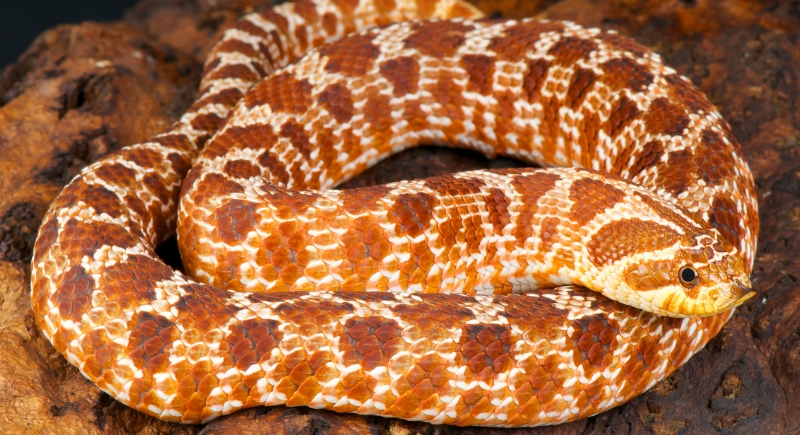
Credit: Canva
These snakes are known for their dramatic “fake-ill” displays, with tongue-out theatrics, but they are also quick learners. Some hognoses tone down the drama when it stops being effective. It’s like they’re reading the room and deciding it’s not worth the act anymore.
Taiwan Beauty Snakes
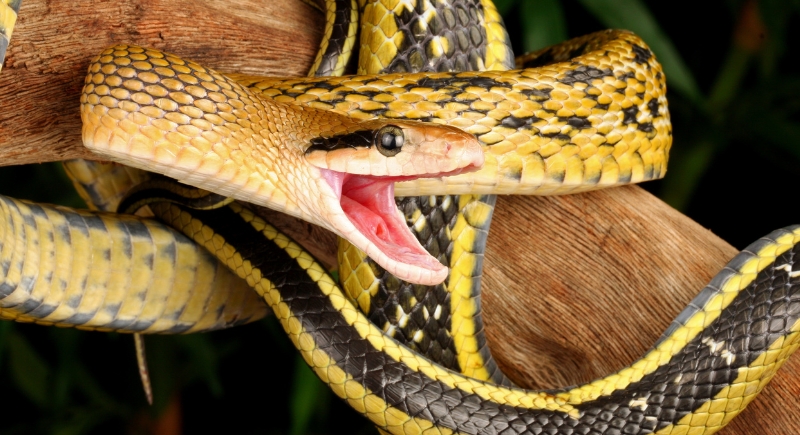
Credit: Getty Images
These colubrids are noted for their awareness and exploration in captivity. They appear to investigate their surroundings rather than simply react to them, and some have been seen opening unlocked cage doors.
Kenyan Sand Boas
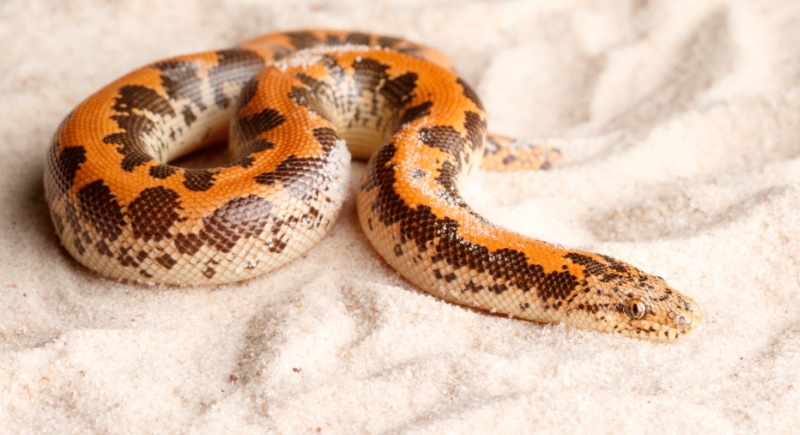
Credit: Getty Images
Kenyan sand boas often get dismissed as “derpy” due to their stubby shape and basic lifestyle, but even they show signs of routine learning. They’ve been trained to recognize tap cues and feeding schedules. They might be less flashy, but that doesn’t mean they’re clueless.